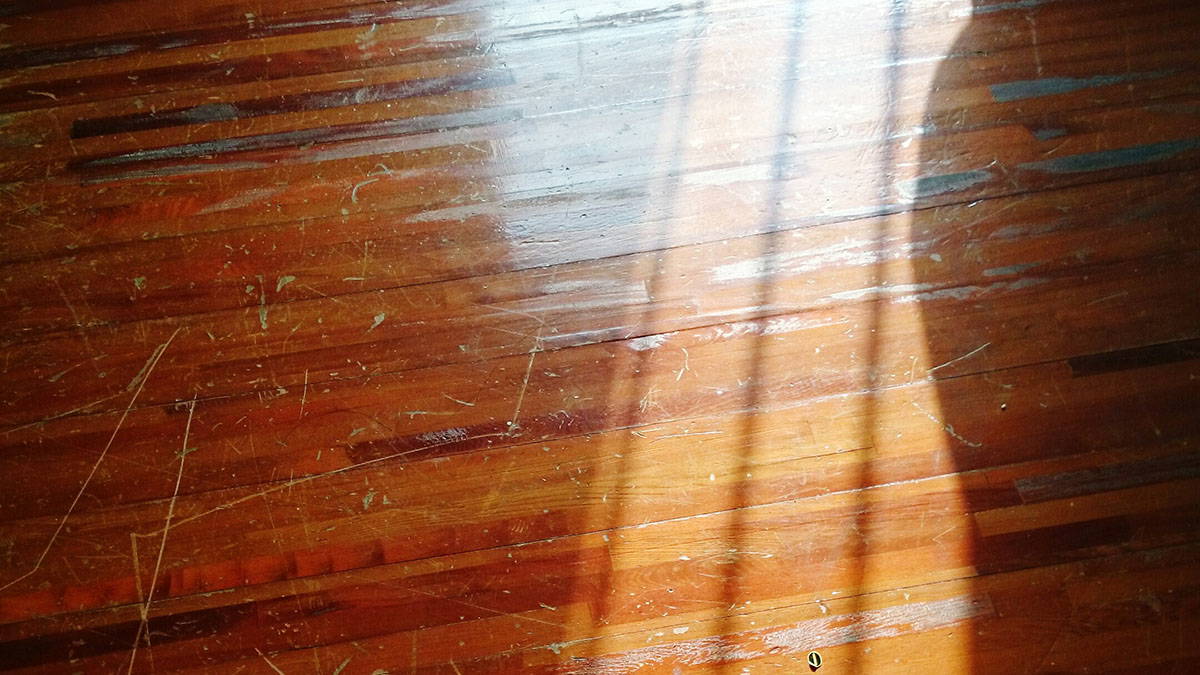Wooden floors are undoubtedly one of the most beautiful and valuable features in any home or commercial space. However, like any natural material, timber flooring requires attention and care to maintain its appearance and structural integrity. As someone who has worked extensively with various wooden floor types at Floor Sanding Services NW, I’ve encountered countless situations where early intervention could have prevented costly damage. Understanding the warning signs of floor deterioration is crucial for any property owner who wants to preserve their investment.
Early Warning Signs of Wooden Floor Damage
Visual Indicators You Shouldn’t Ignore
The first signs of wooden floor damage are often visible to the naked eye, though they can be subtle initially. Warping represents one of the most common issues I encounter during our restoration projects. When floorboards begin to curve or twist away from their original position, this typically indicates moisture problems or structural movement beneath the floor. You might notice boards that appear to lift at the edges or create uneven surfaces that catch your feet as you walk across them.
Cracking is another telltale sign that your wooden floors require professional attention. Small hairline cracks might seem insignificant, but they often signal that the timber is experiencing stress or has been affected by changes in humidity levels. These cracks can expand over time, allowing moisture to penetrate deeper into the wood structure and potentially causing more extensive damage.
Structural Problems That Demand Immediate Action
Loose boards present both aesthetic and safety concerns that I frequently address through our comprehensive repair services. When you notice floorboards that move, creak excessively, or feel unstable underfoot, this usually indicates that the fixing mechanisms have failed or the subfloor has developed problems. Walking across these areas can feel springy or uneven, and you might hear distinct squeaking or groaning sounds that weren’t present before.
Gaps between floorboards, whilst sometimes normal due to seasonal changes, can become problematic when they widen significantly. Large gaps not only affect the appearance of your floor but can also trap dirt, debris, and moisture, creating conditions that encourage further deterioration.
Understanding the Causes Behind Floor Damage
Moisture and Environmental Factors
Throughout my experience working with timber floors across the North West of England, I’ve observed that moisture remains the primary culprit behind most wooden floor problems. Excessive humidity, water leaks, or inadequate ventilation can cause timber to expand, contract, and ultimately lose its structural integrity. This is particularly relevant in our climate, where seasonal changes can significantly impact indoor humidity levels.
Temperature fluctuations also play a crucial role in wooden floor health. Rapid changes in temperature can cause timber to expand and contract at different rates, leading to warping, cracking, and joint separation. Properties with inconsistent heating or poor insulation often experience more severe floor damage.
Age and Wear Patterns
Natural wear and tear inevitably affects all wooden floors over time. High-traffic areas typically show signs of damage first, with surface scratches, dents, and finish deterioration becoming increasingly apparent. However, the underlying timber structure can remain sound for decades when properly maintained.
When to Seek Professional Wooden Floor Repair
Assessing the Severity of Damage
Determining whether your wooden floor requires professional intervention isn’t always straightforward. Surface-level scratches and minor scuffs can often be addressed through routine maintenance, but structural issues demand expert assessment and repair. If you notice multiple warning signs occurring simultaneously, or if damage appears to be spreading rapidly, professional intervention becomes essential.
The Benefits of Expert Restoration
At Floor Sanding Services NW, we utilise advanced sanding techniques and state-of-the-art equipment to restore wooden floors to their original beauty whilst ensuring minimal disruption to your daily routine. Our dust-free finishing process means you can continue using your space throughout most of the restoration period.
Professional repair services address not only the visible symptoms but also the underlying causes of floor damage. This comprehensive approach ensures that repairs remain effective long-term, protecting your investment and preventing recurring problems.
Protecting Your Investment
Regular inspection and maintenance represent the most effective strategies for preserving wooden floor quality and longevity. By remaining vigilant for early warning signs and addressing problems promptly, you can avoid costly replacements and maintain the stunning appearance that makes wooden floors such a desirable feature.
If you’ve noticed any of these warning signs in your property, I encourage you to seek professional assessment. Contact Floor Sanding Services NW to learn more about our comprehensive wooden floor repair and restoration services throughout the North West of England.
